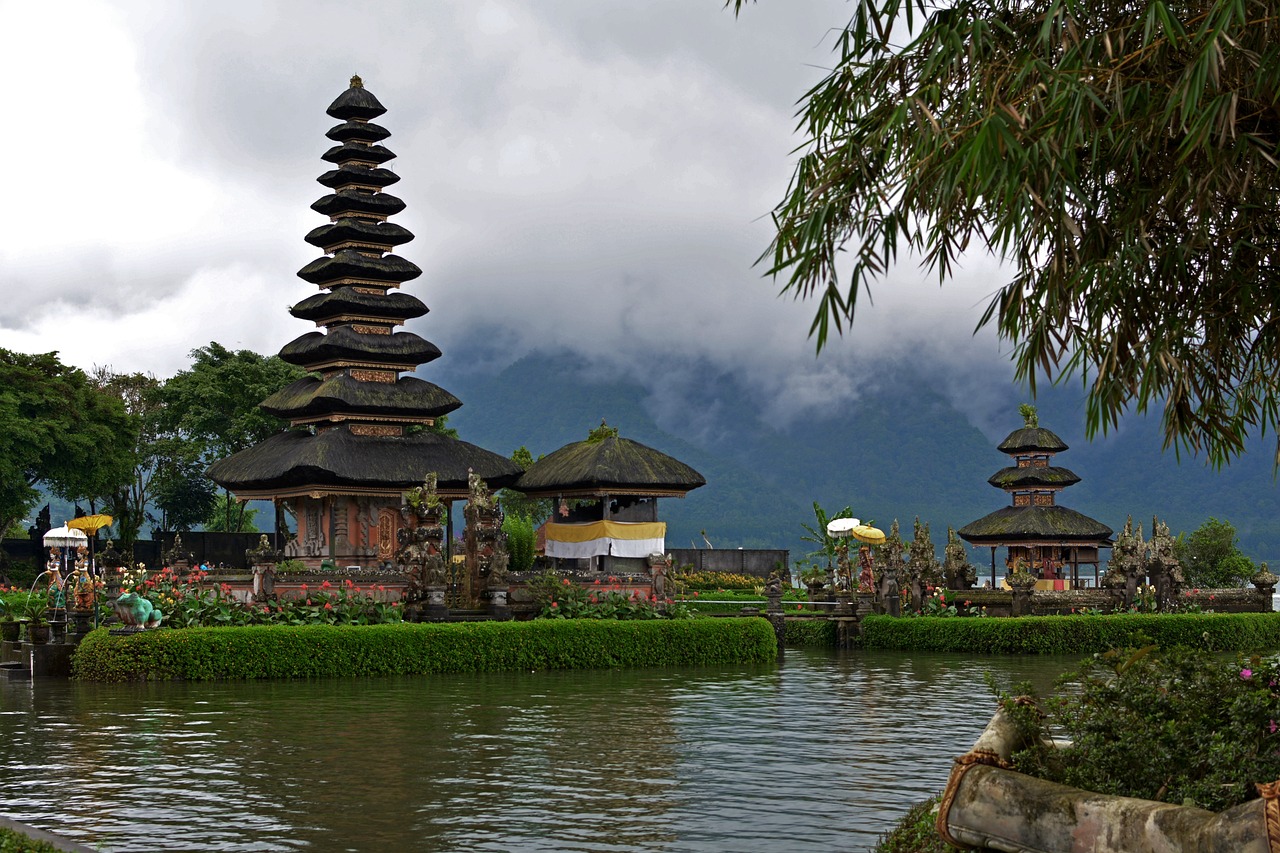Celtic Mythology
-

Scottish folklore is rife with chilling creatures, but none evoke terror quite like the Nuckelavee. This formidable entity is primarily known to haunt the Northern Isles, where its very existence is a source of dread for the locals. The mere thought of the beast is enough to induce panic, with its ghastly breath able to…
-
Celtic mythology is rich with enchantment, deities, and ancient legends. Among its myriad of characters stands Elatha, a figure not as widely recognized as others, yet integral to understanding the cultural tapestry of the Celts and their mystical heritage. In this exploration, we’ll delve into the significance of Elatha, his involvement with the illustrious Tuatha…
-
The Irish have a unique and profound connection to death; it could even be said that death has an equally strong connection to them. As Scottish journalist Kevin Toolis noted, few other places allow the living, dying, bereaved, and deceased to coexist so openly as in an Irish wake, revealing a cultural acceptance of mortality…
-
The Nuckelavee: Nightmarish Creature of the Sea in Irish and Scottish Mythology Mythology often serves as a mirror to the anxieties and fears of the communities that pass down its stories, depicting formidable forces that threaten existence. Within the lore of Irish and Scottish traditions, the Nuckelavee stands out as one of the most feared…
-

Overview The Irish goddess Danu is recognized as the progenitor from whom all members of the Tuatha Dé Danann, a mythological tribe, trace their ancestry. Despite her significant role in Irish mythology, much about Danu remains elusive. As an ancient figure, she is largely absent from the broader Celtic mythological narratives. Many researchers have attempted…
-
Clíodhna, renowned as the legendary Queen of the Banshees, embodies the essence of the female spirits from the Tuatha Dé Danannan. She is particularly tied to the southern regions of Ireland, especially Cork. Celebrated for her divine attributes of love and elegance, she is often depicted with three enchanting birds, whose melodious tunes are said…
-
Background Aoife, known as “The Bright One,” was the daughter of Ailill from Aran and the foster daughter of Bodhbh Dearg, the ruler of the Tuatha Dé Danann. She was also the younger sister of Aobh, the first wife of Lir of SídhFionnachaidh. Stories of Aoife After the tragic passing of Lir’s wife during childbirth,…
-

Celtic religion encompasses the spiritual beliefs and practices of the ancient Celtic people. This group, categorized under an ancient Indo-European lineage, reached the pinnacle of their power during the 4th century BC, extending their influence across Europe, from Britain to the outskirts of Asia Minor. However, beginning in the 3rd century BC, the Celtic civilization…
-

Goibniu: The Clever Smith of Irish Mythology Goibniu, also known as Gaibhne, is a figure steeped in Irish myth, symbolizing the art of smithing and craftsmanship. The name Goibniu translates to something resembling “Clever Smith,” reflecting his foundational role in ancient Irish culture. He is recognized through various monikers in folklore, including Gobaun Seer, Goban…
-
Overview of the Morrígan: Goddess of War and Fate The Morrígan is a captivating figure in Irish mythology, known for her associations with war, death, and fate. She emerges prominently in tales surrounding great battles, where she offers prophecies and protection to both heroes and deities. Often portrayed as a raven circling the battlefield, she…


